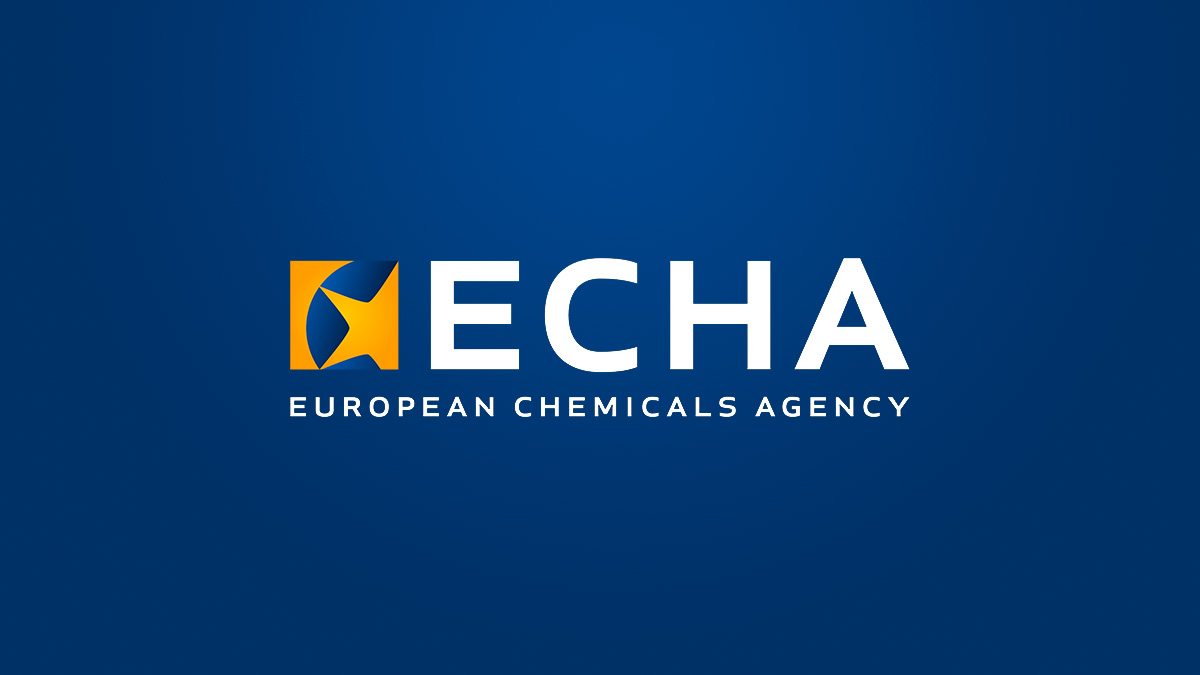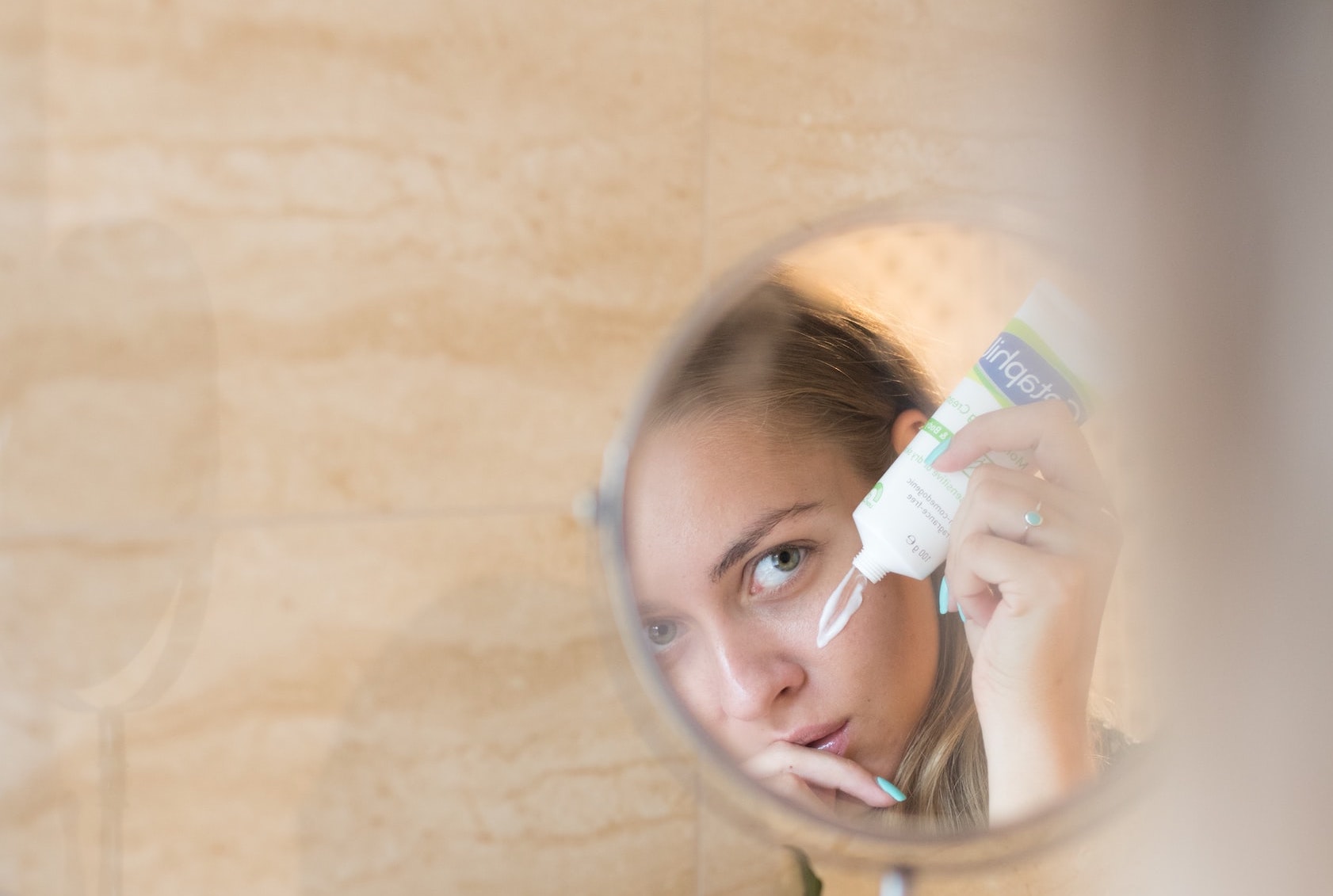WHAT’S NEW?
On 12 June 2023, the European Chemicals Agency (ECHA) launched three consultations on proposals for harmonised classification and labelling:
TALC (CAS 14807-96-6), used as abrasive, absorbent, anticaking, bulking, opacifying, skin protecting and slip modifier agent in cosmetic products.
Talc is included in Annex III (entry 59) of the EU Cosmetics Regulation No. 1223/2009 – List of substances which cosmetic products must not contain except subject to the restrictions laid down.
Classification proposal (submitted by the Netherlands)
- Carc. 2, H351 – Suspected of causing cancer.
- STOT RE 1, H372 – Causes damage to organs through prolonged or repeated exposure.
Inclusion of the following specific note is suggested for carcinogenicity: If the substance is to be placed on the market as fibres (with diameter < 3 μm, length > 5 μm and aspect ratio ≥ 3:1) or particles of the substance fulfilling the WHO fibre criteria or as particles with modified surface chemistry, their hazardous properties must be evaluated in accordance with Title II of REACH Regulation, to assess whether a higher category (Carc. 1B or 1A) and/or specification of routes of exposure should be applied.
HELIOTROPINE (CAS 120-57-0), used as fragrance ingredient in cosmetic products, currently not regulated under the EU Cosmetics Regulation No. 1223/2009.
Classification proposal (submitted by Ireland):
- Repr. 1B, H360FD – May damage fertility. Suspected of damaging the unborn child.
- Skin Sens. 1, H317 – May cause an allergic skin reaction.
POTASSIUM CAROATE (CAS 70693-62-8), used as oxidizing agent in cosmetic products, currently not regulated under the EU Cosmetics Regulation No. 1223/2009.
Classification proposal (submitted by Slovenia):
- Acute Tox. 4, H302 – Harmful if swallowed.
- Skin Corr. 1, H314 – Causes severe skin burns and eye damage.
- Eye Dam. 1, H318 – Causes serious eye damage.
- Aquatic Acute 1, H400 – Very toxic to aquatic life.
- Aquatic Chronic 3, H412 – Harmful to aquatic life with long lasting effects.
WHAT NOW?
These consultations are open until 11 August 2023.
Depending on the outcome of the ECHA’s Risk Assessment Committee (RAC) opinions regarding the proposed new harmonized classification and labelling, the future use of Talc and Heliotropine in cosmetic products may be at risk.
According to the EU Cosmetics Regulation No. 1223/2009, cosmetic ingredients classified as CMR (Carcinogenic, Mutagenic, Toxic to Reproduction) of categories 1A or 1B under Part 3 of Annex VI to Regulation (EC) No 1272/2008, shall be prohibited. Additionally, cosmetic ingredients classified as CMR substances in category 2 may also face prohibition, unless they have undergone evaluation by the Scientific Committee on Consumer Safety (SCCS) within the new classification framework and have been deemed safe for use in cosmetic products.
Legal deadline for RAC opinions adoption:
- Talc – 04 december 2024
- Heliotropine – 24 October 2024
- Potassium Caroate – 20 November 2024
References:
European Chemicals Agency (ECHA) – Registry of CLH intentions until outcome






